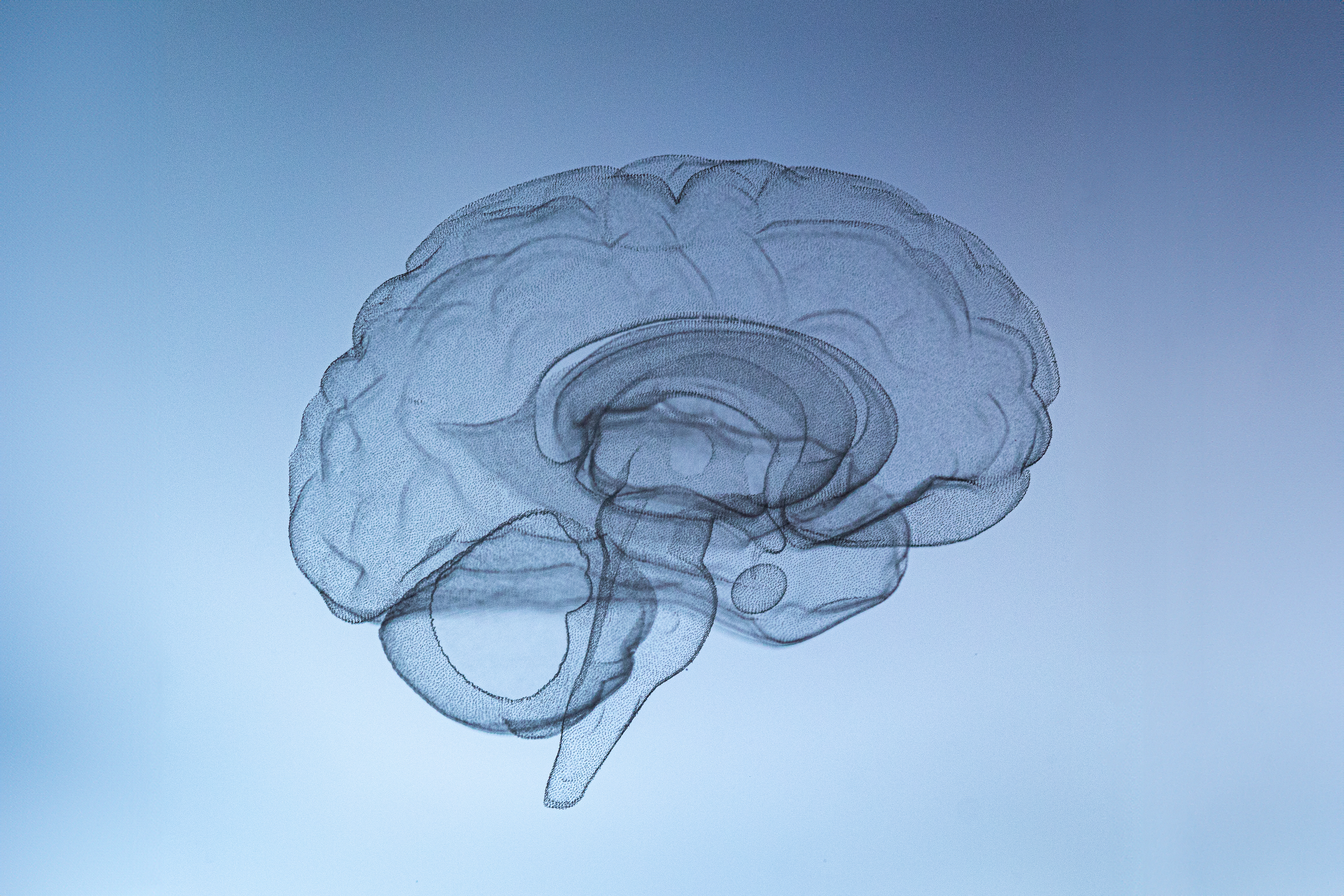Media release
From:
A treatment for stroke patients was no more effective than an inactive drug
The first international trial of an unproven stroke treatment available in the US has concluded that, while harmless, “perispinal” etanercept – injected into the spinal area – is no more effective than an inactive dummy drug, or placebo.
Survivors of stroke – including Australians – have travelled at considerable expense to private clinics in the US to be treated with the arthritis drug etanercept.
In the clinics, the drug is injected into the cervical spinal area, and the patient is then tilted head-down in the belief that this allows the drug to enter the brain.
Stroke is a leading cause of disability throughout the world, affecting more than 7 million people a year. Despite advances, treatments for impairment after stroke remain limited. Some patients call perispinal etanercept a “miracle cure”.
Florey leading stroke researcher, neurologist Professor Vincent Thijs led the Perispinal Etanercept to improve STroke Outcomes – or “PESTO” – trial to investigate this further, supported by funding from the Australian Government.
“We understand why people living with the long-term effects of stroke seek hope and new options,” Professor Thijs said. “With support from the Stroke Foundation and the Medical Research Future Fund, we put this treatment to the test using the gold standard of clinical research – a double-blind randomised trial.”
Half of the PESTO participants were treated with the drug, and half were treated with an inactive dummy drug, with patients and doctors “blind” to who was getting which.
"This type of trial eliminates biases because neither doctors nor patients knew who was getting etanercept and who was getting the placebo. Because the results for the 2 patient groups were so similar, we concluded that while the drug did not cause harm, we found no evidence that it led to improved quality of life compared to placebo."
Professor Thijs, who leads the Young Stroke Service at The Florey, said improvements could be due to the placebo effect, a well-established medical phenomenon where some patients in a trial may notice an improvement, despite only receiving a dummy treatment.
Key PESTO trial results, published in Neurology:
- 126 people from Australia and New Zealand participated in PESTO.
- 63 received the treatment, 63 the placebo.
- Their stroke symptoms were measured before the trial and 28 days after.
- There were no adverse side effects.
- Among participants who received perispinal etanercept, 52 per cent (33 out of 63) felt better.
- Among participants who received the placebo, 57 per cent (36 out of 63) felt better.
- The difference in results between the 2 groups is deemed statistically insignificant.
“It’s important for doctors and the stroke survivor community in Australia and around the world to know that we found no evidence that perispinal etanercept improved quality of life,” Professor Thijs said.
Kelvin Hill, Executive Director of Stroke Programs, Research and Innovation at Stroke Foundation said: “Every Australian stroke patient should have access to the best, evidence-based treatment. Findings of the PESTO study underscore the critical importance of robust research and clinical trials in discovering if treatments work or not.
“Australians experience around 46,000 stroke events every year (one every 11 minutes), and there are now over 440,000 survivors of stroke living in Australia. Stroke Foundation will continue to advocate for more research funding to unlock new effective treatments for stroke; and ensure that advice provided in the Living Clinical Guidelines for Stroke Management enables clinicians to provide the best stroke care possible,” Mr Hill added.



 Australia; VIC
Australia; VIC


